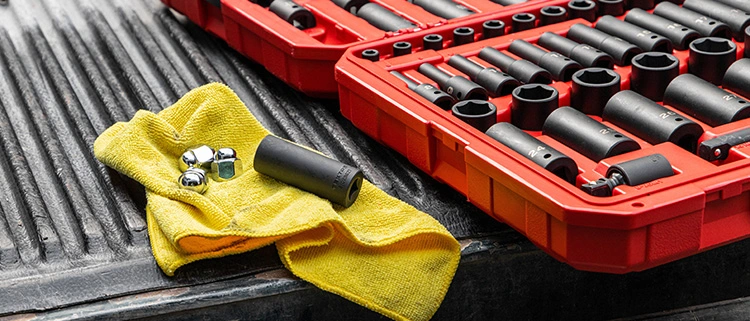Aaron: +86-18129983931
Max: +86-18922922459

 Micro Screws
Micro Screws
 Big Head Screws
Big Head Screws
 Construction Screws
Construction Screws
 CNC Lathe Machining Parts
CNC Lathe Machining Parts
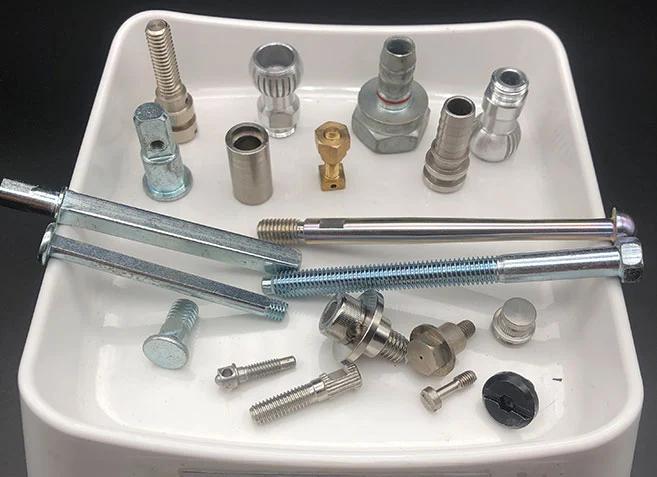 Cold Forged and Undergo Secondary Processing Products
Cold Forged and Undergo Secondary Processing Products
 Multi Station Cold Heading Screws
Multi Station Cold Heading Screws
 Step Screw
Step Screw
 Automatic Lathe Machining Parts
Automatic Lathe Machining Parts
 High Difficulty Challenge Cold Heading Fasteners
High Difficulty Challenge Cold Heading Fasteners
 New Tech Fasteners
New Tech Fasteners
 Machine Screws
Machine Screws
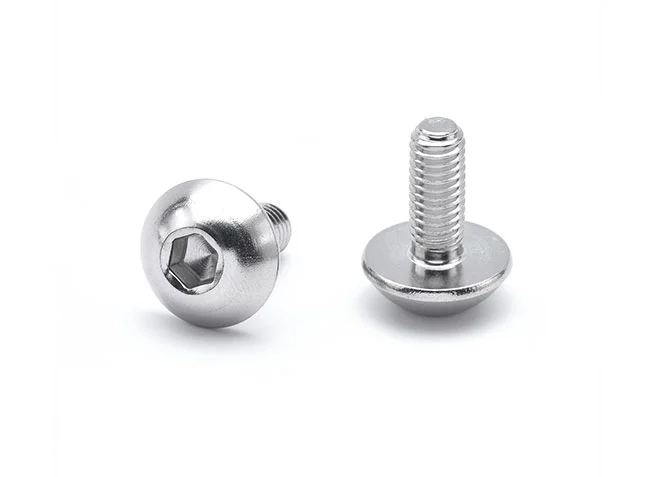 Socket Cap Screws
Socket Cap Screws
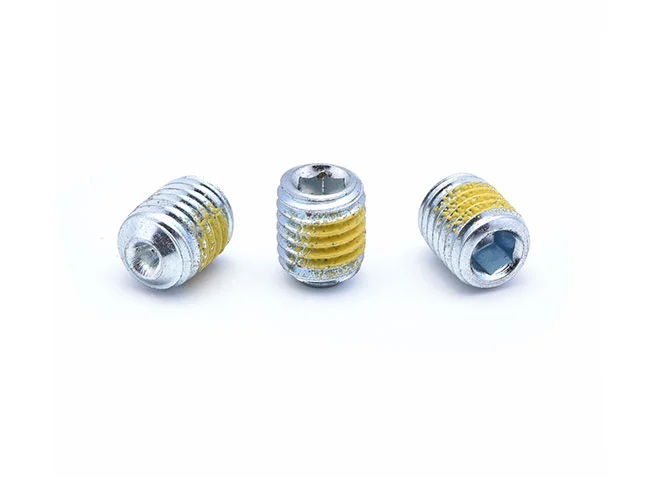 Hexagon Socket Set Screws
Hexagon Socket Set Screws
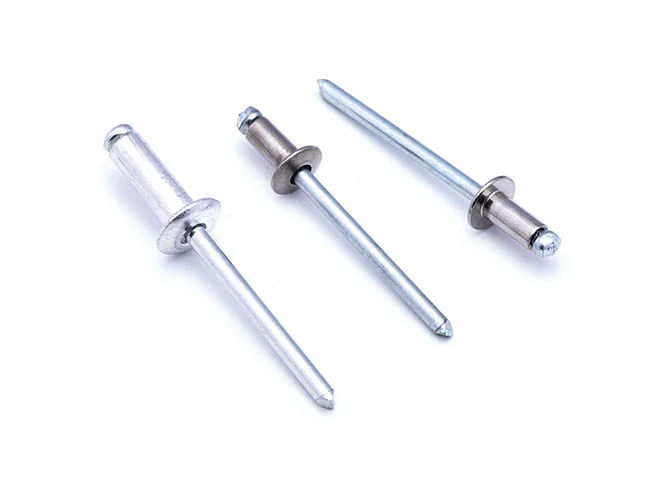 Pull Out Rivet
Pull Out Rivet
 Self Tapping Screws
Self Tapping Screws
 Hex Bolts
Hex Bolts
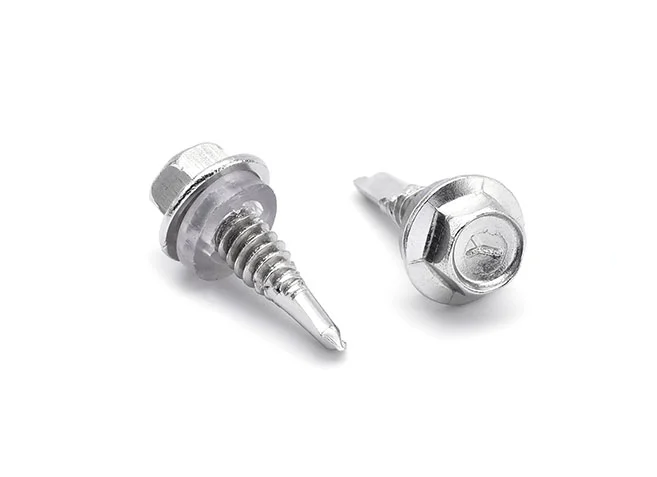 Self Drilling Screws
Self Drilling Screws
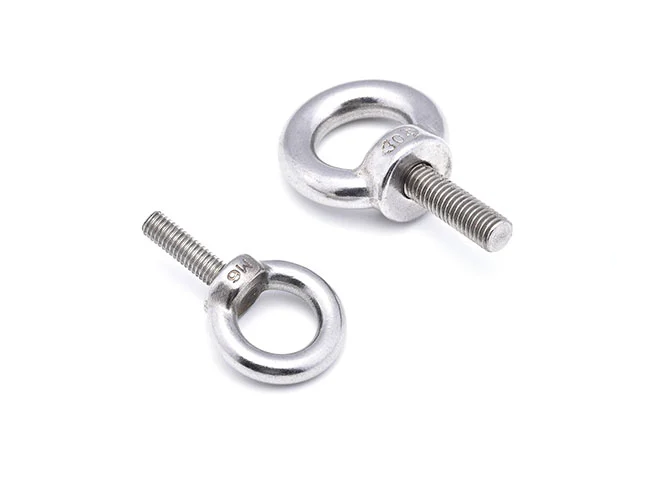 Eye Bolts
Eye Bolts
 U-bolts
U-bolts
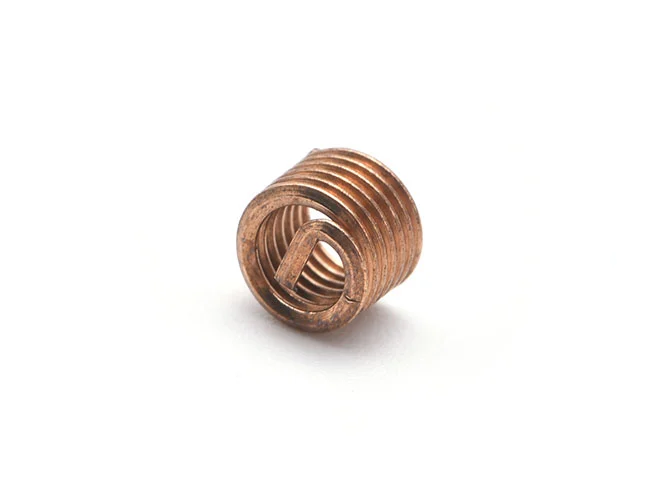 Threaded Sheath
Threaded Sheath
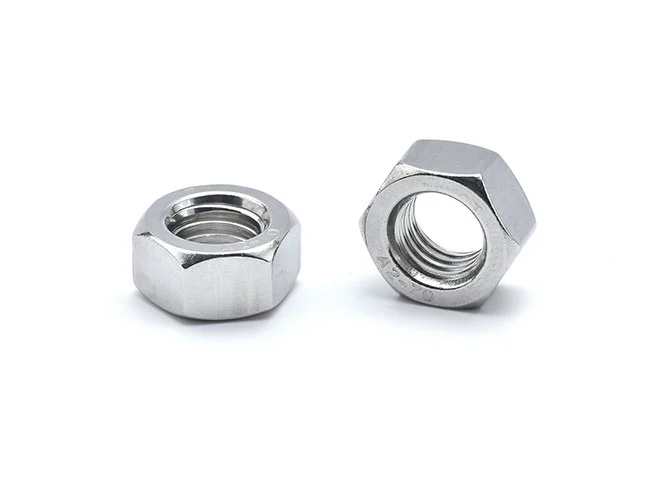 Hex Nut
Hex Nut
 Hex Long Nut
Hex Long Nut
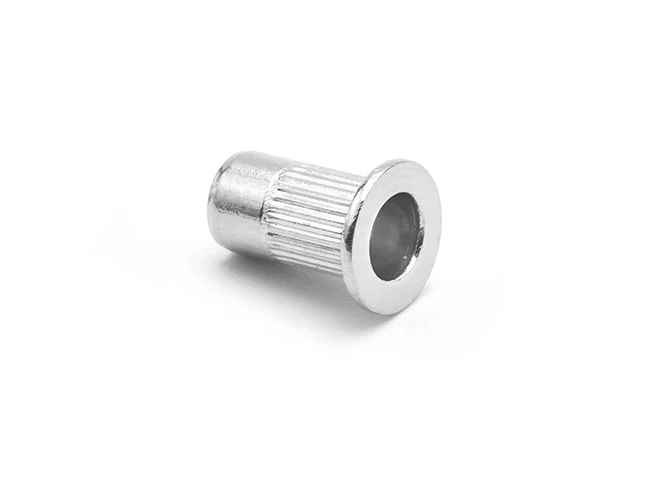 Pull Rivet Nut
Pull Rivet Nut
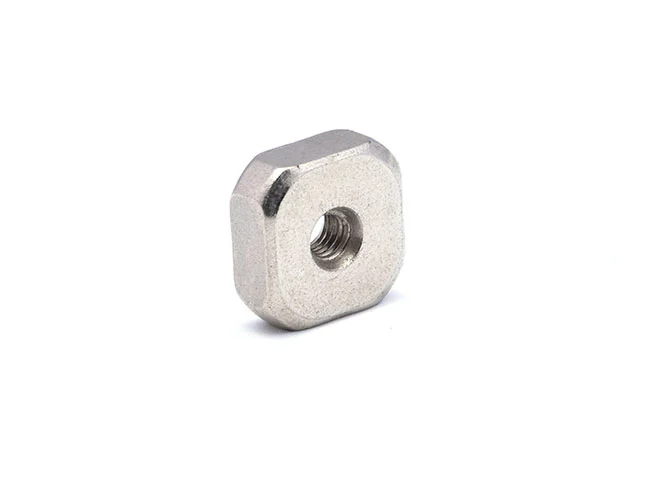 Square Nuts
Square Nuts
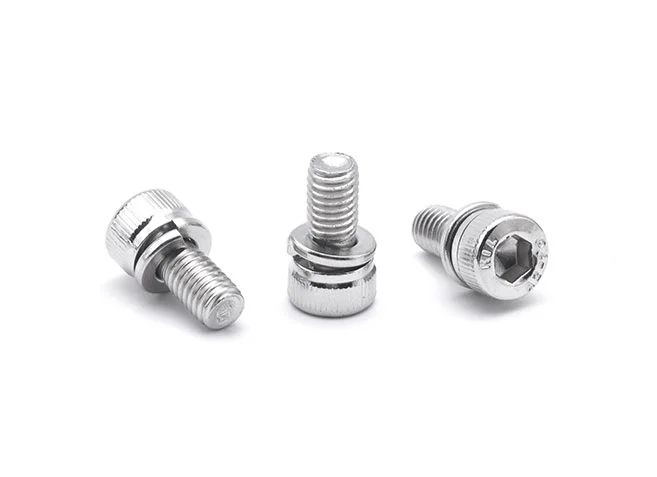 Combination Screws
Combination Screws
 Pin
Pin
 Nylon Locking Nuts
Nylon Locking Nuts
 Pressure Rivet Nuts
Pressure Rivet Nuts
 Cage Nut
Cage Nut
 Welding Screws
Welding Screws
 Butterfly Screw
Butterfly Screw
 American Standard Butterfly Nut
American Standard Butterfly Nut
 Expansion Screw
Expansion Screw
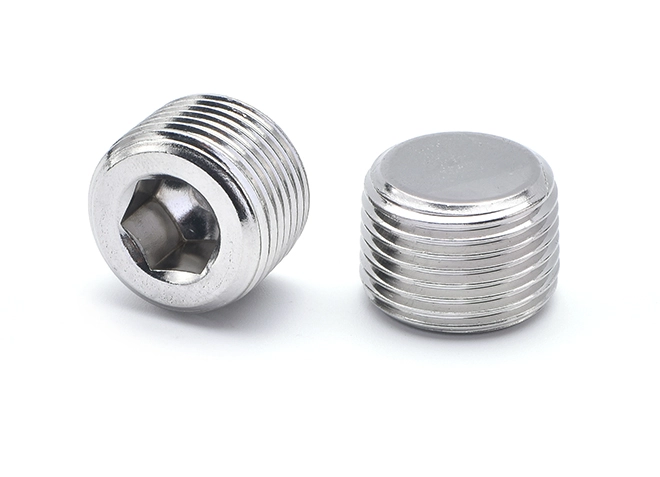 Plug Screw
Plug Screw
 Stainless Steel Washer
Stainless Steel Washer
 Double Overlap Anti-Loosening Washers
Double Overlap Anti-Loosening Washers
 Waterproof and Anti-Drop Screws
Waterproof and Anti-Drop Screws
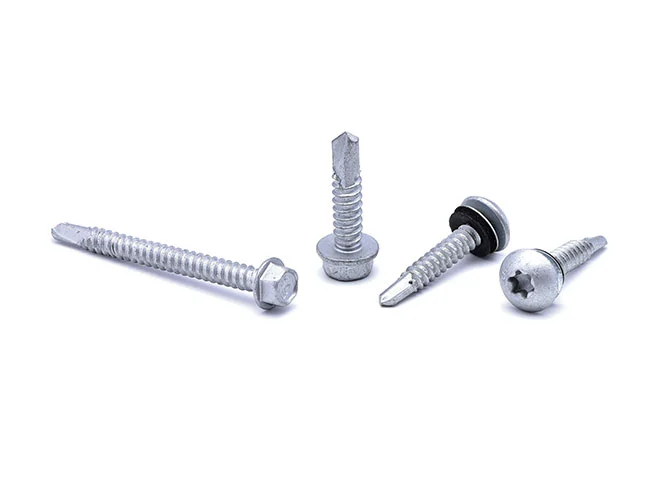 Super Corrosion-Resistant Screws
Super Corrosion-Resistant Screws
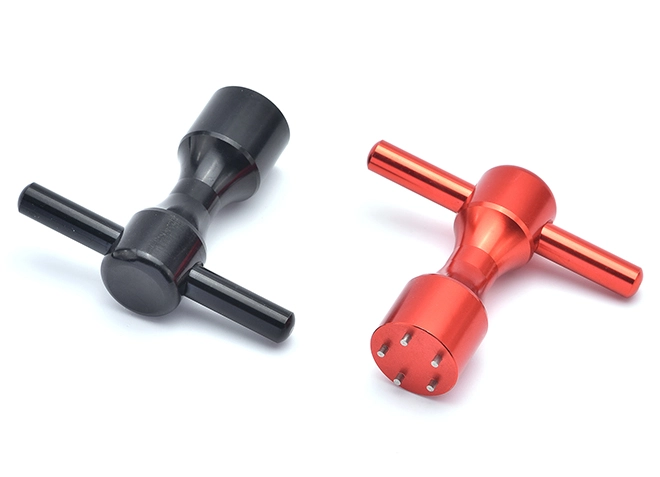 New Type Switchgear
New Type Switchgear
 Anti-loose Easy Disassembly Nut Pillar (New Furniture Connector)
Anti-loose Easy Disassembly Nut Pillar (New Furniture Connector)
 Furniture Simple Assembly and Disassembly Connector
Furniture Simple Assembly and Disassembly Connector
 Micro Vibration Absorber
Micro Vibration Absorber
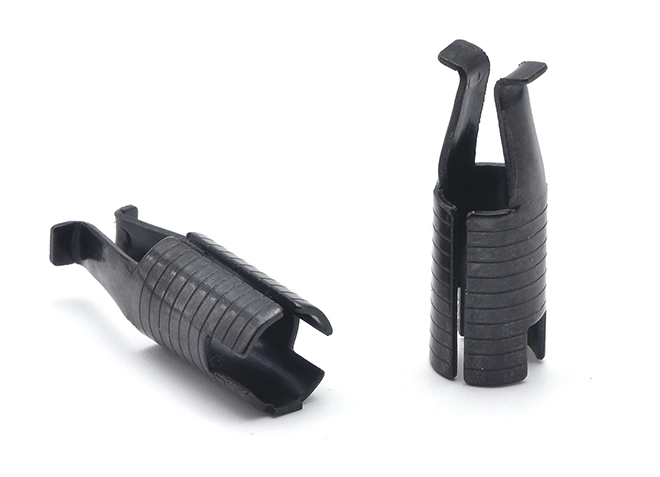 65Mn Material Furniture Connector
65Mn Material Furniture Connector
 Counter Table Base
Counter Table Base
 Furniture Connector Nut with Plastic Sleeve
Furniture Connector Nut with Plastic Sleeve
 Furniture Horizontal Hole Nut
Furniture Horizontal Hole Nut
 Furniture Connecting Screw
Furniture Connecting Screw
 Furniture Connecting Nut Seat
Furniture Connecting Nut Seat
 Double Stack Wheels Used On Furniture
Double Stack Wheels Used On Furniture
 Components Used On Furniture
Components Used On Furniture
 Connection Buckle
Connection Buckle
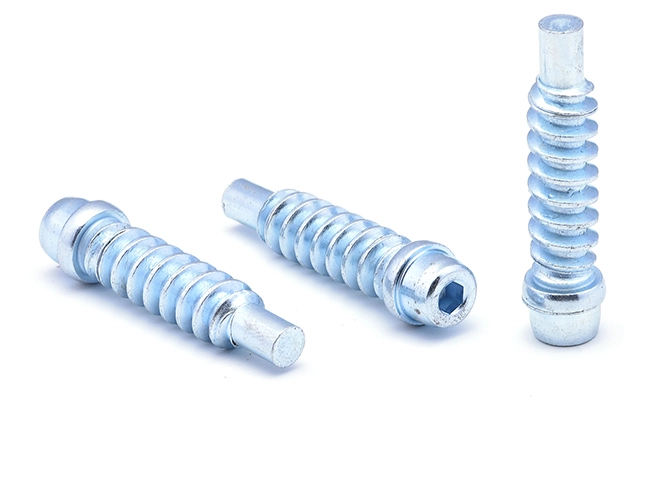 Internal Hexagonal Spiral Screw
Internal Hexagonal Spiral Screw
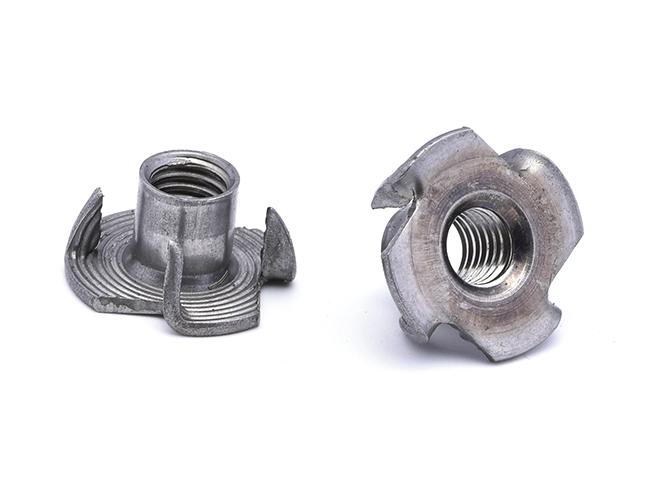 Iron Colored Carbon Steel Four Claw Nut
Iron Colored Carbon Steel Four Claw Nut
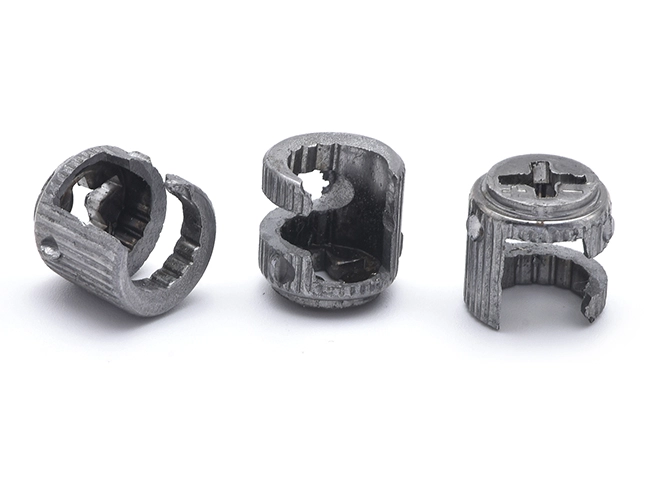 Iron Furniture Three Combination Nut Seat
Iron Furniture Three Combination Nut Seat
 Iron and Zinc Alloy Furniture Three Combination Nut Seat
Iron and Zinc Alloy Furniture Three Combination Nut Seat
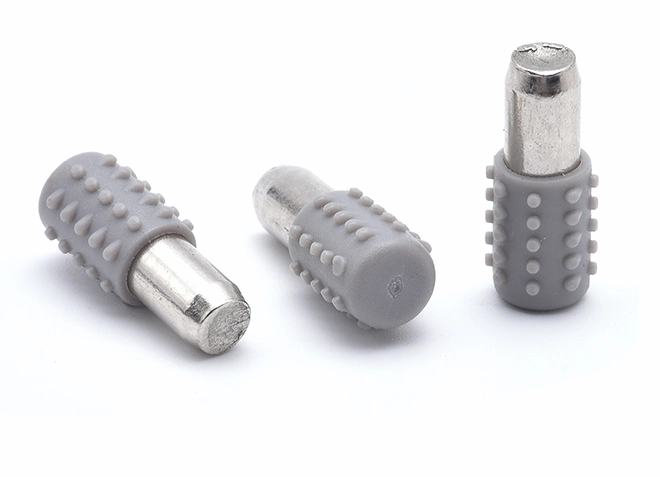 Dowel Pin+ Gray Elephant Rubber Sleeve
Dowel Pin+ Gray Elephant Rubber Sleeve
 Dowel Pin+ Transparent Elephant Rubber Sleeve
Dowel Pin+ Transparent Elephant Rubber Sleeve
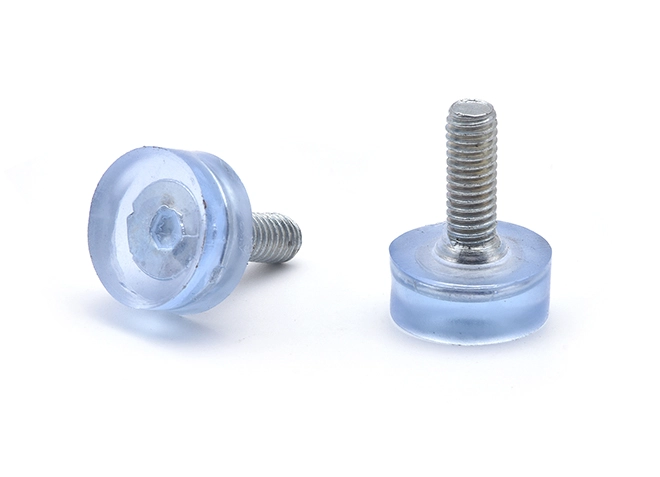 Injection Molded Furniture Foot Pad Screw
Injection Molded Furniture Foot Pad Screw



A precision U-shaped copper component is meticulously crafted for various applications requiring conductivity and resilience. Typically manufactured through precise machining, it features a U-shaped design, offering versatility in assembly and functionality. Copper's excellent conductivity makes it ideal for electrical and electronic applications, ensuring efficient signal transmission. Additionally, its durability and corrosion resistance ensure longevity in diverse environments. This component finds utility in electrical connectors, circuitry, and mechanical assemblies where precision and reliability are paramount, contributing to seamless operation and performance.
Tailored Specifications
Custom Components: Custom U-shaped copper components are designed to meet specific requirements, including precise dimensions, shapes, and tolerances. This tailored approach ensures that the component fits perfectly within the intended application, improving overall performance and functionality.
Standard Components: Standard components are manufactured to general specifications and may not meet the exact needs of every application. They are designed to be versatile and accommodate a range of uses but may not offer the precision required for specialized applications.
Performance and Fit
Custom Components: Custom components can be engineered to optimize performance for specific applications. This includes factors such as thermal conductivity, strength, and corrosion resistance, ensuring that the component performs optimally under the desired conditions.
Standard Components: While standard components can perform well in general applications, they might not achieve the same level of performance or fit as custom components, especially in highly specialized or demanding environments.
Cost Considerations
Custom Components: The cost of custom U-shaped copper components is generally higher due to the specialized design, manufacturing processes, and smaller production runs. However, the investment may be justified by the enhanced performance and precise fit.
Standard Components: Standard components are usually more cost-effective due to economies of scale and widespread production. They are mass-produced and readily available, making them a more budget-friendly option for general applications.
Lead Time and Availability
Custom Components: Custom components typically have longer lead times due to the design and manufacturing process. There may also be additional time required for prototyping and adjustments. This can impact project timelines if rapid availability is crucial.
Standard Components: Standard components are readily available and usually have shorter lead times. They can be quickly sourced from suppliers, making them suitable for projects with tight deadlines or immediate needs.
Application Specificity
Custom Components: Ideal for applications that require specific dimensions, performance characteristics, or environmental resistance. Custom components are tailored to meet unique requirements, providing a precise solution for specialized needs.
Standard Components: Suitable for general applications where a one-size-fits-all approach is acceptable. They are versatile and can be used in a variety of settings, but may not address specific requirements as effectively as custom solutions.
aaron18129983931@gmail.com
aaron18129983931@gmail.com
aaron18129983931@gmail.com


